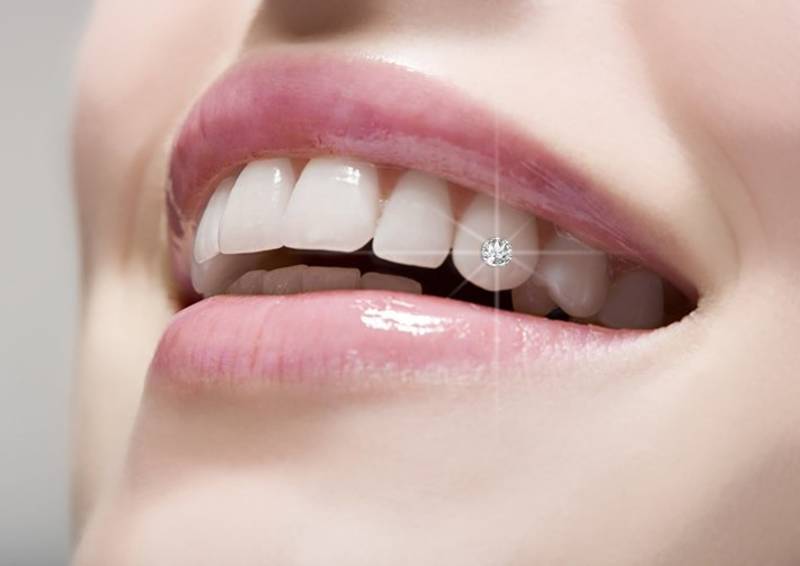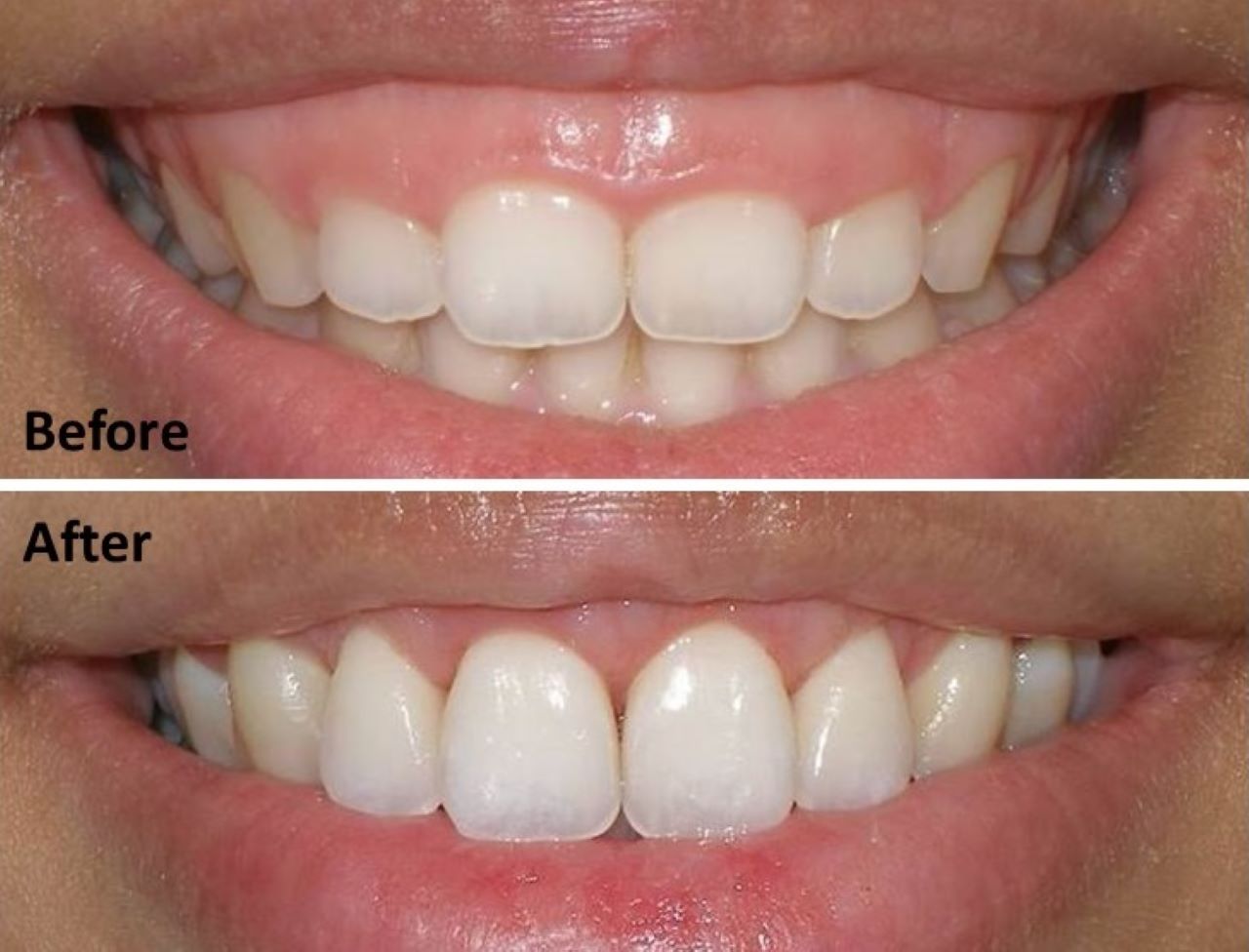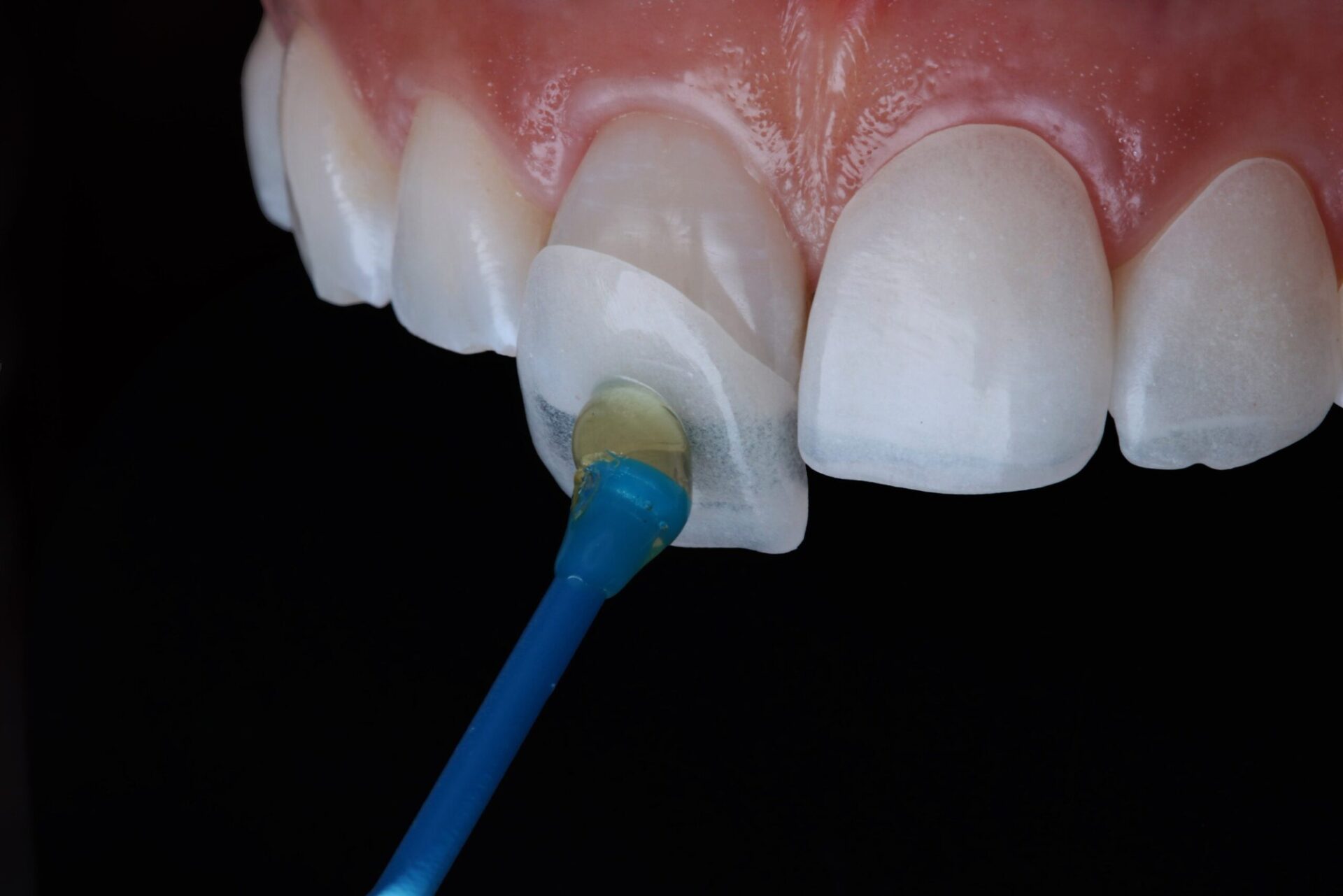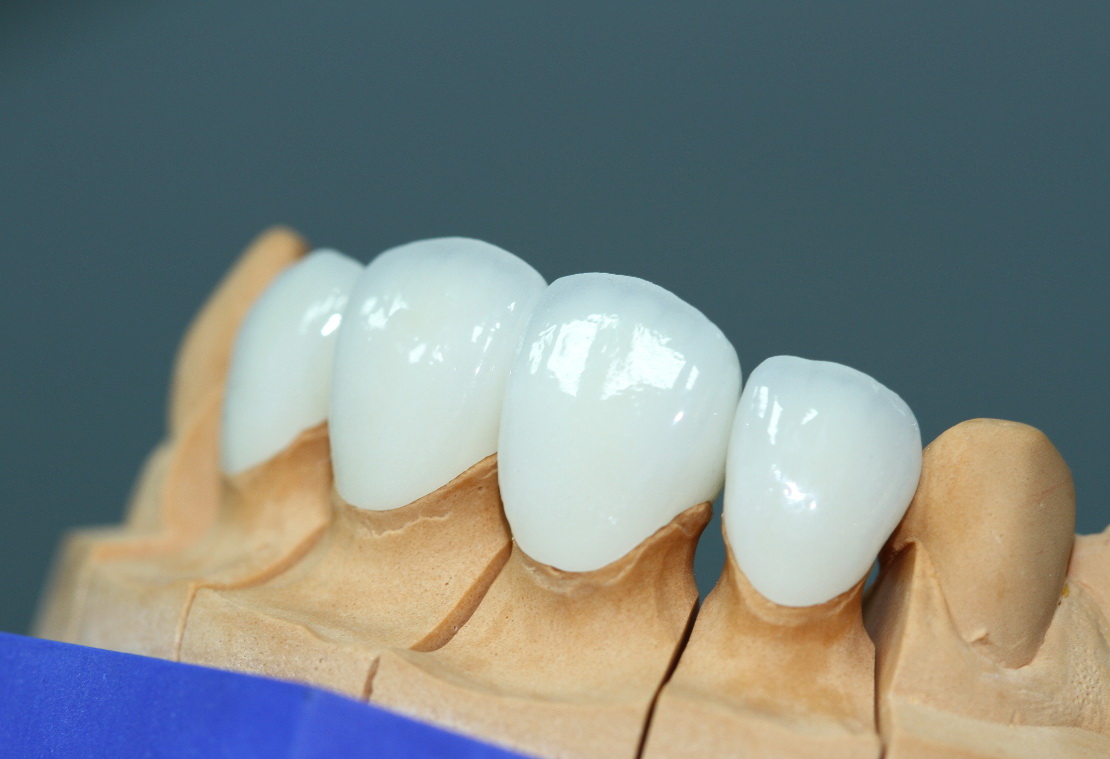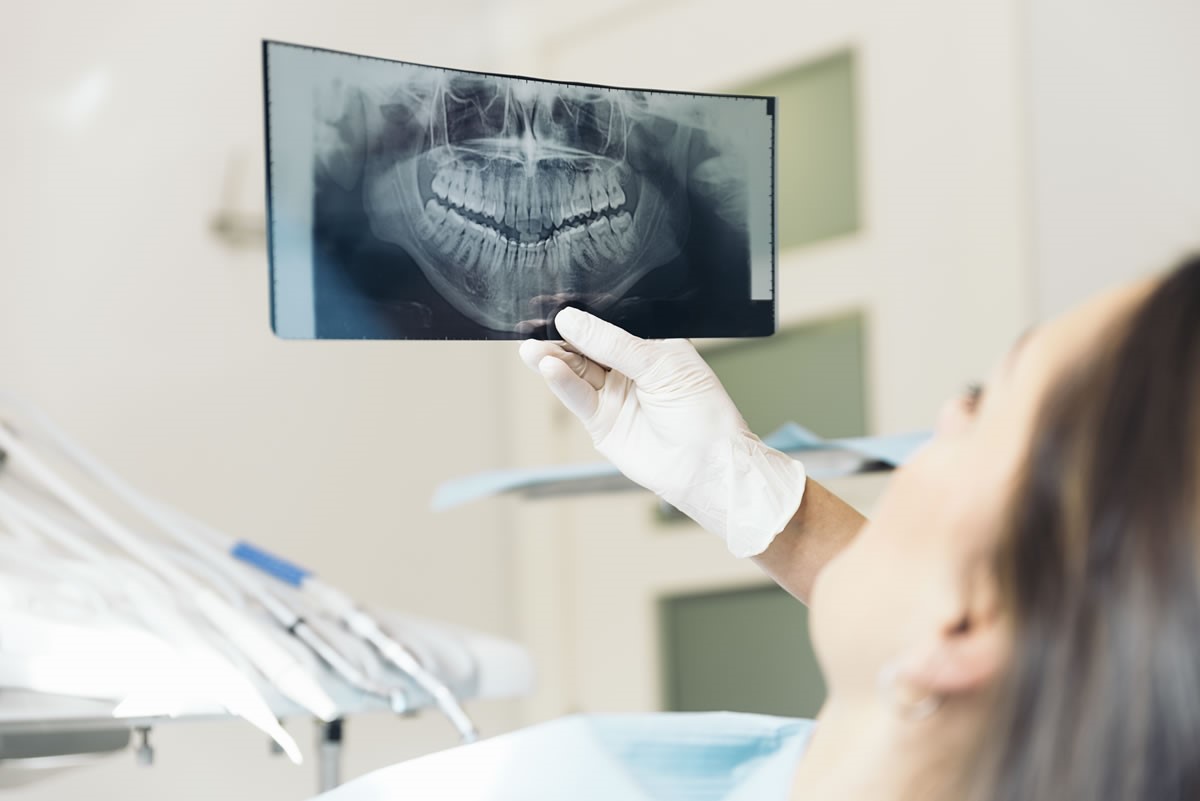Teeth whitening is a method that uses whitening agents to break down the colored molecular chains inside the teeth, helping to restore their natural and brighter color. However, many people worry that teeth whitening may affect the enamel. So, is teeth whitening good? How much does it cost? Let’s explore the details with Amanda Dental Clinic below!
What is Teeth Whitening?
Teeth whitening is a method that uses chemicals and light to improve yellowing, discoloration, or dullness of the teeth without harming the enamel. Currently, teeth whitening is considered one of the most popular cosmetic dental methods and is widely chosen.
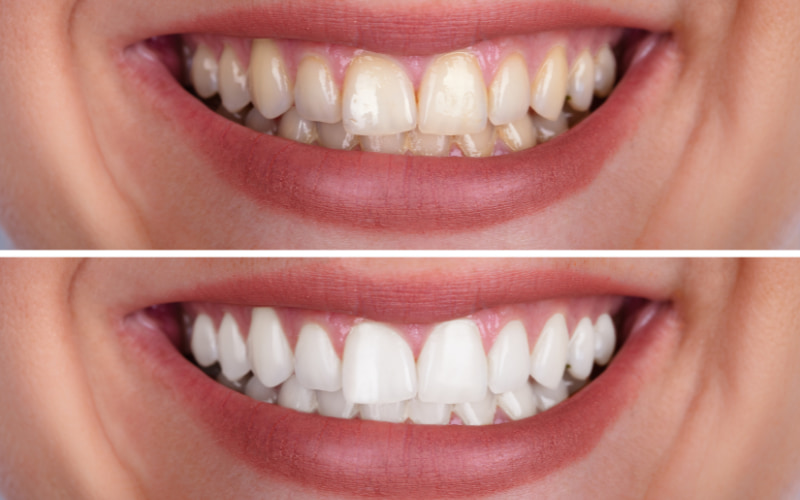
Teeth whitening can be performed at dental clinics or at home. To ensure safety when whitening teeth, individuals should:
- Have healthy teeth and enamel, without severe erosion.
- Avoid whitening if experiencing oral issues like gingivitis, periodontitis, necrotic pulp, or tooth sensitivity.
Should You Whiten Your Teeth? Is It Good?
You should consider teeth whitening if you are dissatisfied with your current tooth color and it affects your confidence. Whether you should whiten your teeth depends on your oral health and personal needs.
It is important to identify the exact cause and degree of tooth discoloration. Based on this evaluation, you can choose the most suitable whitening method.
Teeth whitening helps improve discoloration caused by aging, food, or poor oral hygiene. It provides significant aesthetic benefits, enhancing confidence in daily life.
It is considered a safe method, not damaging to enamel or tooth structure. Compared to invasive techniques like veneers or implants, whitening rarely causes complications. Mild sensitivity for a few days after whitening is normal and not concerning.
To ensure safety, whitening should be performed or guided by a professional dentist. The concentration and duration of the whitening agent must be tailored to each individual’s oral condition. Therefore, you should not use unverified whitening products at home on your own.
When Should or Shouldn’t You Whiten Your Teeth?
Teeth whitening is a common cosmetic method, but not everyone is suitable. Below are cases where whitening is recommended or not:
Who Should Whiten Their Teeth?
Recommended for:
- People over 16 years old with healthy teeth who wish to whiten them.
- Teeth that are dark, stained, or discolored due to age, diet, or hygiene habits.
- Uneven tooth color, yellow/brown spots affecting aesthetics.
- Teeth stained due to chemicals or side effects of medication.
Who Should Not Whiten Their Teeth?
Not recommended for:
- People under 16 years old (whitening agents may irritate the pulp, causing sensitivity).
- People with weak enamel or dental diseases (cavities, gum recession, gingivitis, sensitive teeth, etc.).
- People allergic to whitening ingredients.
- Those with veneers, crowns, or implants.
- Pregnant or breastfeeding women.
Teeth Whitening Methods
Most in-clinic whitening methods use peroxide-based agents with concentrations from 15% to 43%. At-home products usually have lower peroxide levels, around 3% to 20%. Dentists may also use light sources like LED, laser, or plasma to boost effectiveness.
Plasma Light Whitening
This method uses plasma light instead of laser to enhance peroxide activity. Plasma accelerates peroxide breakdown, producing free radicals that penetrate enamel and break down pigment molecules in the dentin layer.
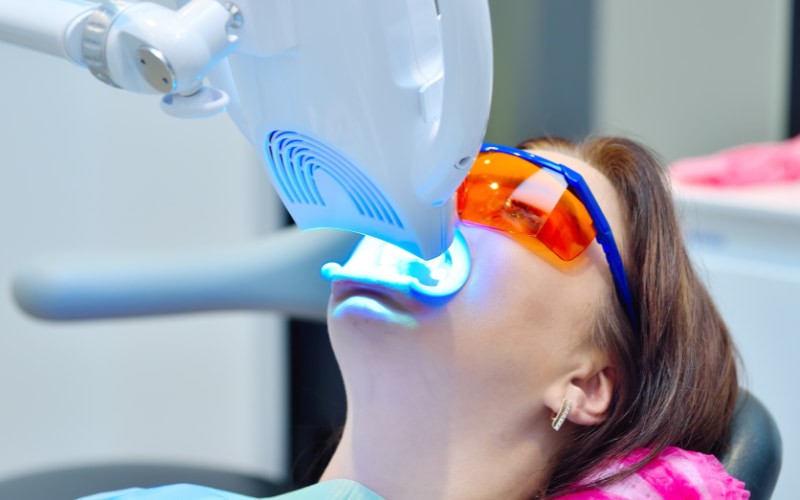
The plasma whitening process is similar to laser, but plasma does not generate heat, thus reducing irritation and post-treatment sensitivity. It also has antibacterial properties.
Despite being modern, its effectiveness still depends on factors such as original tooth color, agent concentration, and light exposure time.
Whitening Non-Vital Teeth
The pulp provides nourishment to the tooth. Whitening non-vital teeth is a special process for teeth that lost vitality due to trauma or root canal treatment.
First, any infection or pulp death must be fully treated. The process usually involves three sessions over 2–3 weeks:
- First visit: A small opening is made to access the pulp, whitening gel is applied inside, then sealed temporarily. Follow-up in 2–4 days.
- Second visit: Color is assessed. If not satisfactory, the gel is reapplied. Once the desired shade is achieved, the gel is removed and sealed again. Next visit in ~2 weeks.
- Final visit: Permanent filling is applied once the tooth stabilizes.
Laser Whitening
Laser has been used in dentistry since the late 20th century, especially in whitening. It enhances the effectiveness of whitening gels by generating heat. However, this may also irritate enamel or pulp, leading to temporary sensitivity.

After examination and scaling, the dentist follows this process:
- Apply gum protector to prevent burns from gel and light.
- Carefully apply high-concentration gel on the tooth surface.
- Shine laser light for 10–15 minutes per session, repeated 2–3 times.
- Clean the mouth and apply a desensitizing gel.
- Total procedure takes 1–2 hours.
At-Home Whitening Trays
At-home tray whitening offers flexibility and lower cost. Dentists make a custom-fit tray to hold 10–15% gel and block saliva. However, it’s best for mild stains from aging or food.
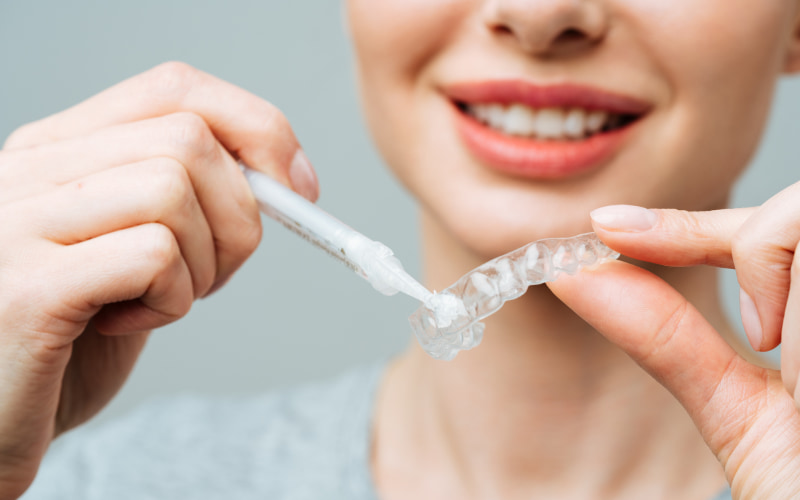
Steps:
- Step 1: Brush thoroughly before whitening.
- Step 2: Place the prescribed amount of gel in the tray.
- Step 3: Wear the tray, wipe off excess gel to avoid gum irritation.
- Step 4: After wear time, clean tray and mouth thoroughly.
At-home gels are lower in concentration and safe when used as directed. Treatment may last 5–10 days. Store-bought trays may be ineffective or even harmful.
Whitening Strips
Whitening strips are convenient, affordable, and easy to use at home. However, they contain low concentrations of hydrogen peroxide and lack light activation, making them less effective than professional treatments.
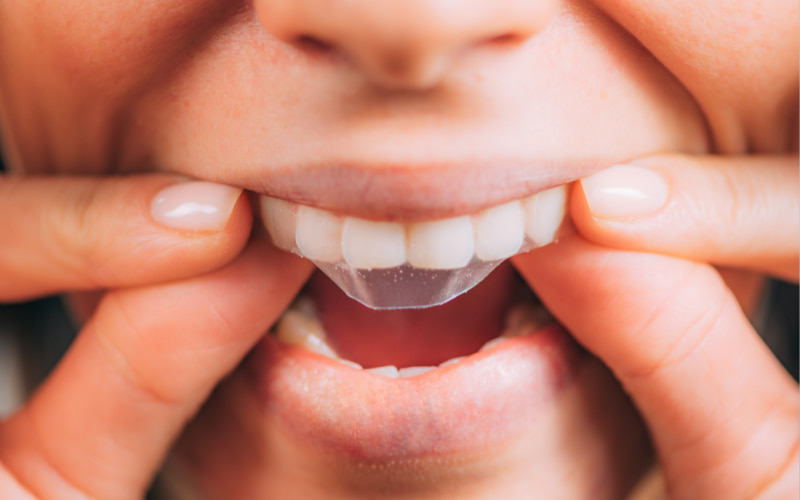
Dentists do not recommend using strips:
- Overuse without supervision may erode enamel.
- Can cause tooth sensitivity.
- Effects are temporary.
- Ineffective on crooked teeth.
Should You Whiten Your Teeth at Home?
Some home methods like baking soda or charcoal are widely shared. However, they’re often ineffective and risky if done incorrectly—e.g., erosion or enamel damage.
Baking soda is mildly abrasive and alkaline, but may wear enamel and weaken teeth. There’s no scientific proof that it whitens better than toothpaste.
For safe, long-lasting results, visit a reputable dental clinic where the dentist can prescribe suitable agents and durations.
Does Teeth Whitening Hurt?
The procedure itself is painless. However, people with sensitive teeth may feel discomfort after. This usually fades within a few days.
For safety and optimal results, whitening should be done at trusted clinics using quality materials. Under dentist supervision, it won’t affect enamel or structure.
In contrast, poor-quality agents or incorrect at-home use can lead to serious oral issues.
Harmful Effects of Improper Whitening
Improper teeth whitening can seriously harm your oral health. Common risks:
- Prolonged tooth and gum sensitivity.
- Enamel erosion.
- Gum damage.
- Temporary gum whitening.
- Uneven tooth color.
Using peroxide-based products without supervision may cause significant problems.

How Much Does Teeth Whitening Cost?
Teeth whitening cost varies based on method, discoloration level, and clinic. Here’s a breakdown:
Cost Influencing Factors
Degree of Discoloration
Severe stains or non-vital teeth may require extra procedures, raising the cost.
Type of Whitening Agent
Dentists choose concentrations based on the condition. Some specialized agents are more expensive.
Dentist Expertise
Skilled dentists ensure optimal results and fewer side effects, so cost may be higher.
Facilities and Equipment
Clinics with advanced tools offer better experience but may charge more.
Amanda Dental Clinic Pricing
| Oral Spa + Whitening | FREE |
| At-home teeth whitening with whitening tray | 2,500,000 |
| In-office teeth whitening with laser whitening technology | 3,500,000 |
| Partial area teeth whitening | 1,000,000 |
| Annual air polishing tartar removal | 888,000 |
Will Teeth Turn Yellow Again?
Yes, discoloration may return over time depending on oral hygiene and lifestyle. Re-whitening is recommended every 1–2 years.
Post-Whitening Care Tips
To maintain results:
- Brush twice daily with fluoride toothpaste.
- Use floss/water flosser after meals.
- Avoid dark-colored foods (sweets, coffee, tea…).
- Rinse or drink water after consuming them.
- Do not smoke.
- See your dentist every 6–12 months.
Why Choose Amanda Dental Clinic?
Looking for a safe, effective whitening clinic? Amanda is the perfect choice.
At Amanda, we believe a radiant smile is key to confidence. That’s why we offer cutting-edge whitening with top safety and outstanding results.
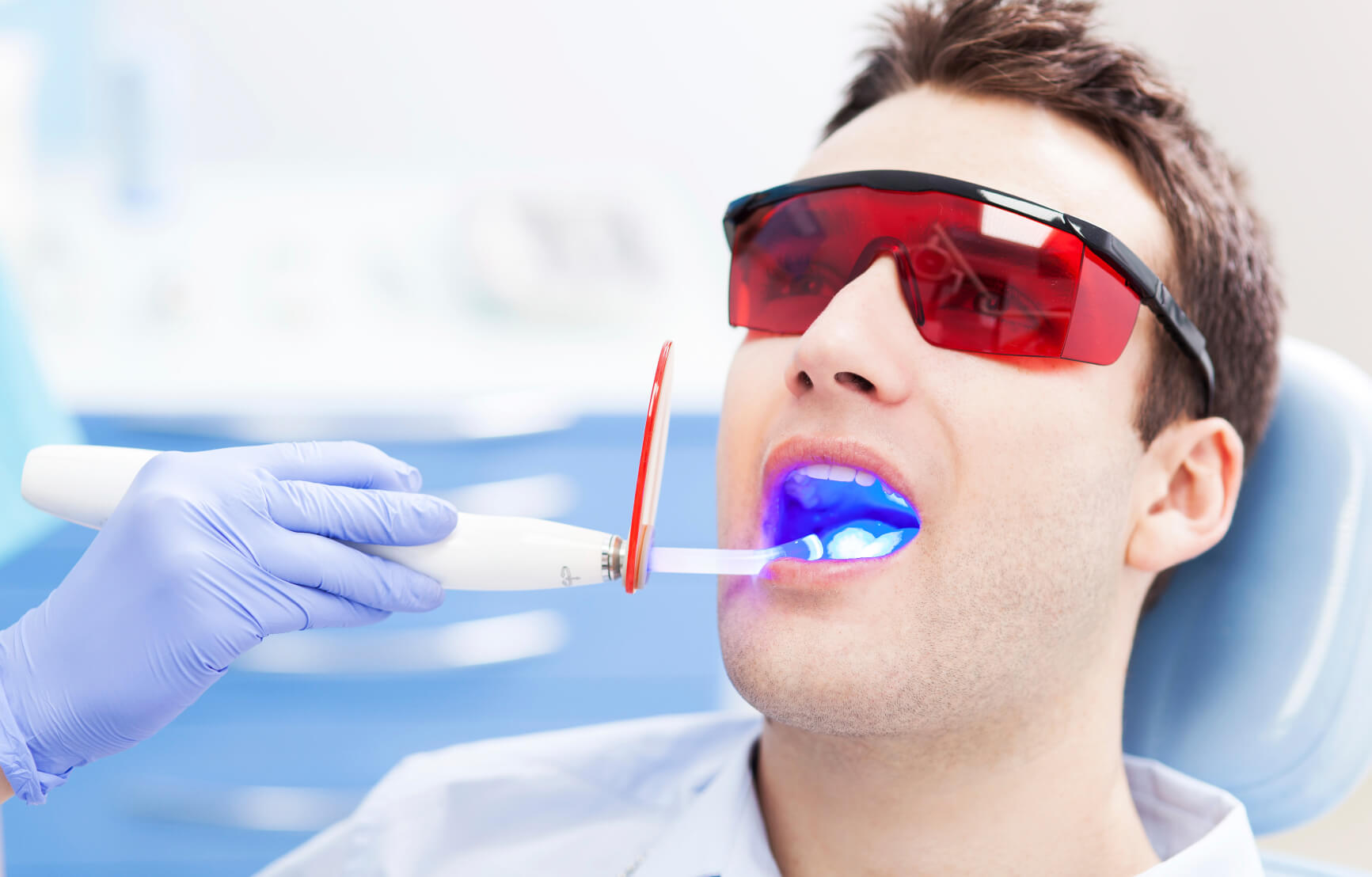
Why Amanda stands out:
- Professional team: Our dentists are highly trained and experienced. You’ll receive personalized consultation and a suitable treatment plan.
- Advanced whitening tech: Amanda uses European-imported technology to maximize effectiveness and reduce sensitivity.
- International standards: Our procedures comply with Health Ministry and global dental regulations.
- High-quality materials: We only use FDA-certified whitening materials, ensuring safety for your oral health.
- Excellent experience: Enjoy a luxurious, comfortable environment and caring customer service at Amanda.
In summary, teeth whitening is an effective dental cosmetic method to enhance your smile. For best results, always consult a professional and follow post-whitening care instructions.




